We are building a network that links biology undergraduate educators and students with online data and resources relevant to the changing environment of the North, including the data from Arctic and boreal long-term ecological research (LTER) programs, the National Ecological Observatory Network (NEON) Arctic and Taiga domains, the Scenarios Network for Alaska and Arctic Planning (SNAP), the UA Museum data in ARCTOS and others as we grow our network.
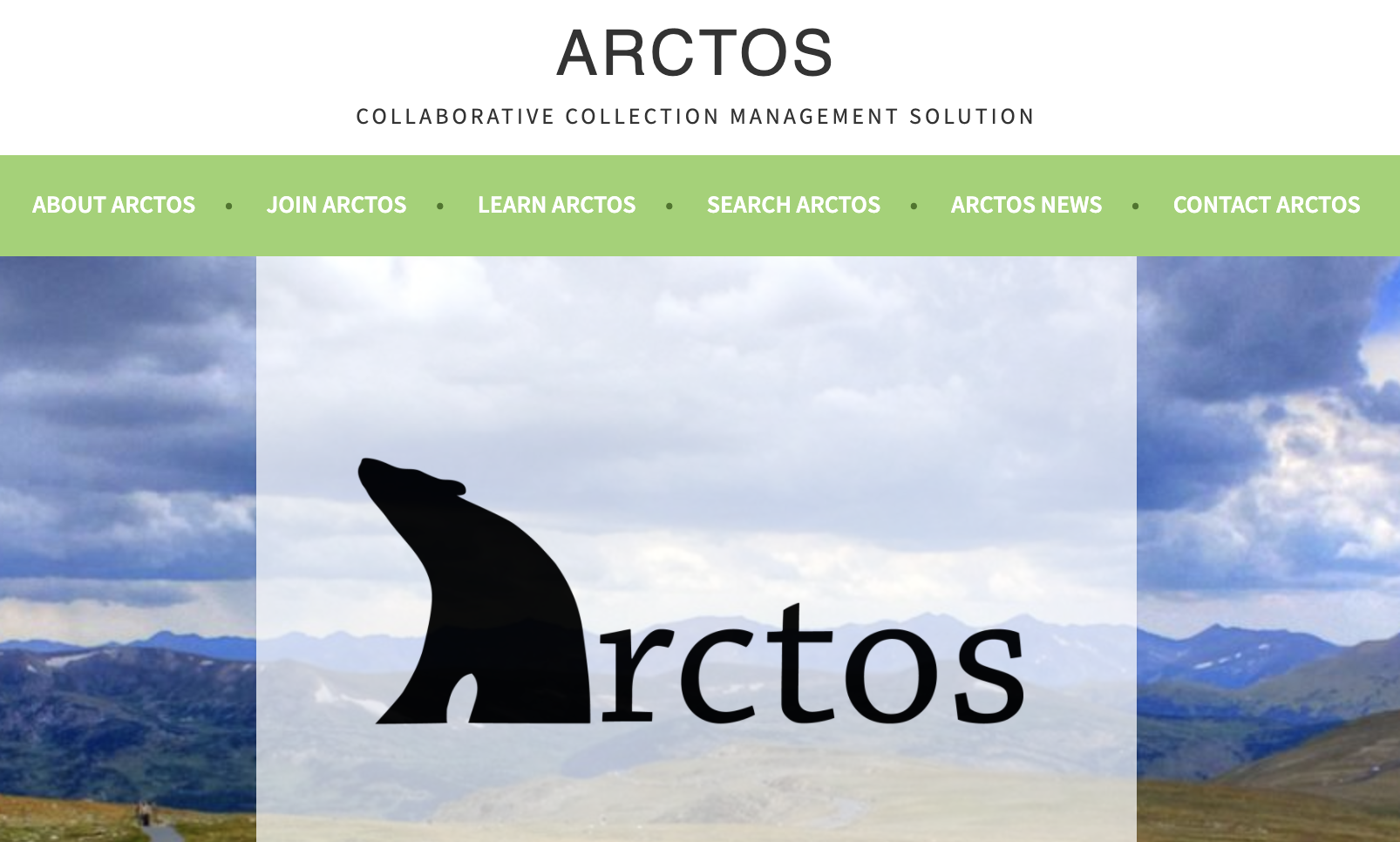
ARCTOS
Collaborative Collection Management Solution
Arctos is an ongoing effort to integrate access to catalog record data, collection-management tools, and external resources on the internet. For Alaska records from the UA Museum are particularly relevant.
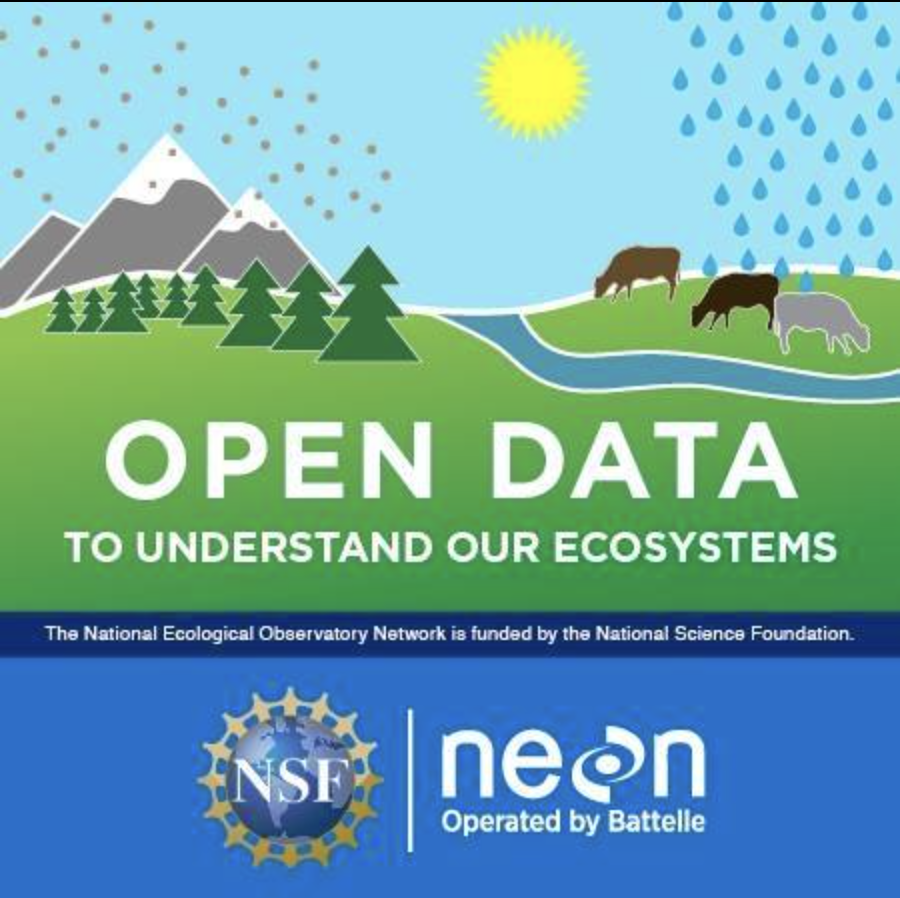
NEON
By ecologists. For everyone.
The National Ecological Observatory Network, or NEON, offers expert ecological data from sites across the continent to power the most important science being done today.
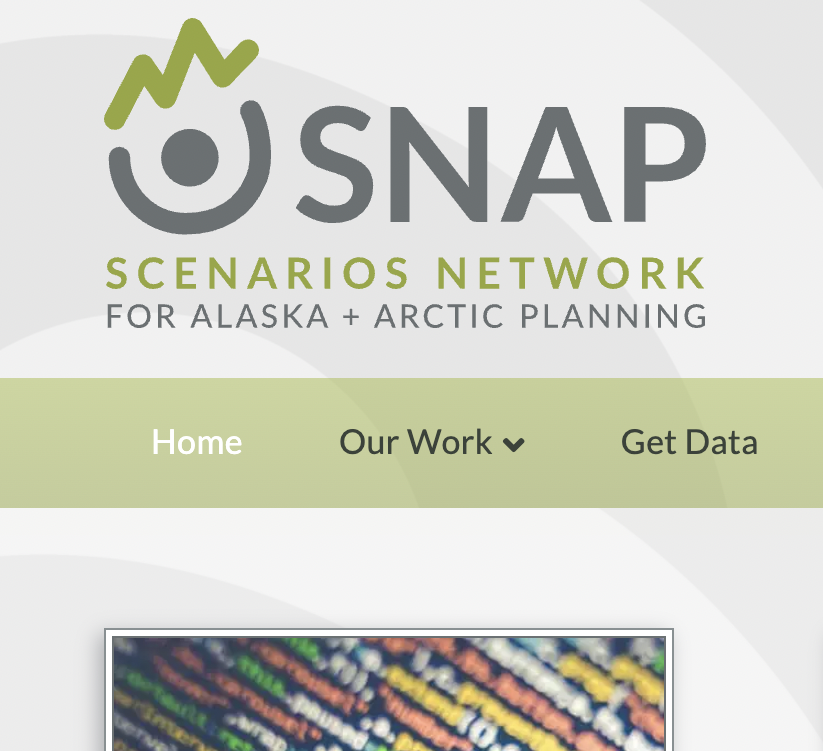
SNAP
Scenarios for Alaska + Arctic Planning
SNAP produces downscaled data for Arctic regions of Alaska and Canada, and offer it free of charge for use in your own work.
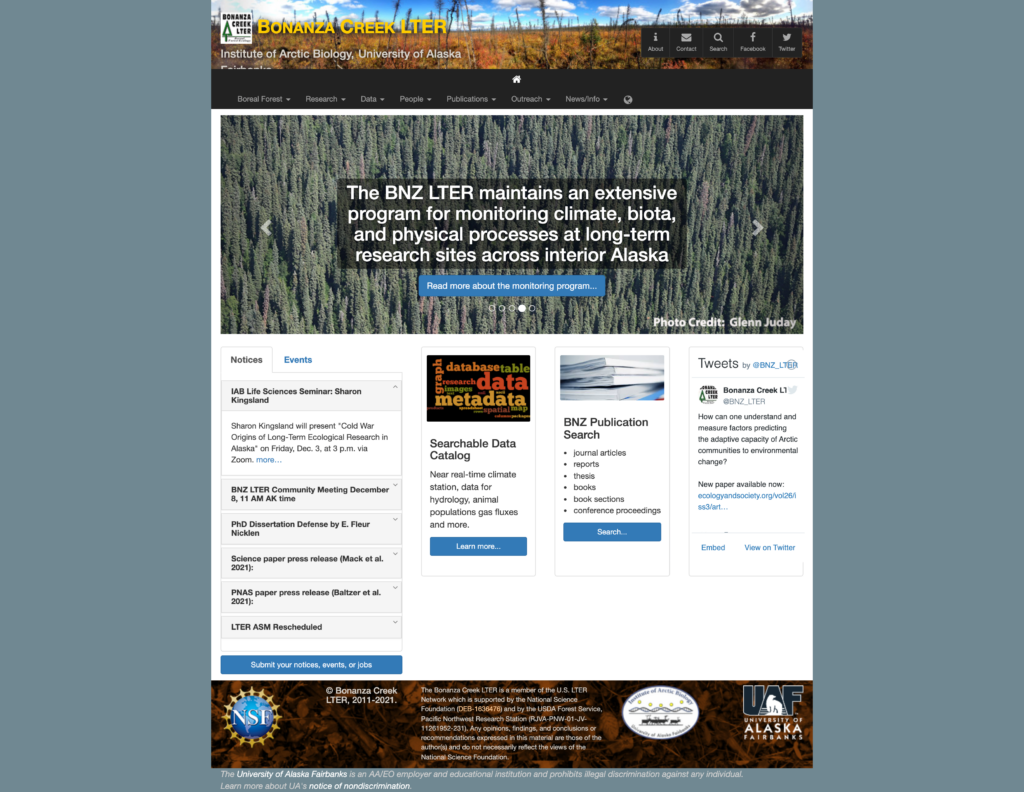
Bonanza Creek LTER
Member of the U.S. LTER Network
The largest and longest-lived ecological network in the United States, the Long Term Ecological Research (LTER) network provides the scientific expertise, research platforms, and long-term datasets necessary to document and analyze environmental change.
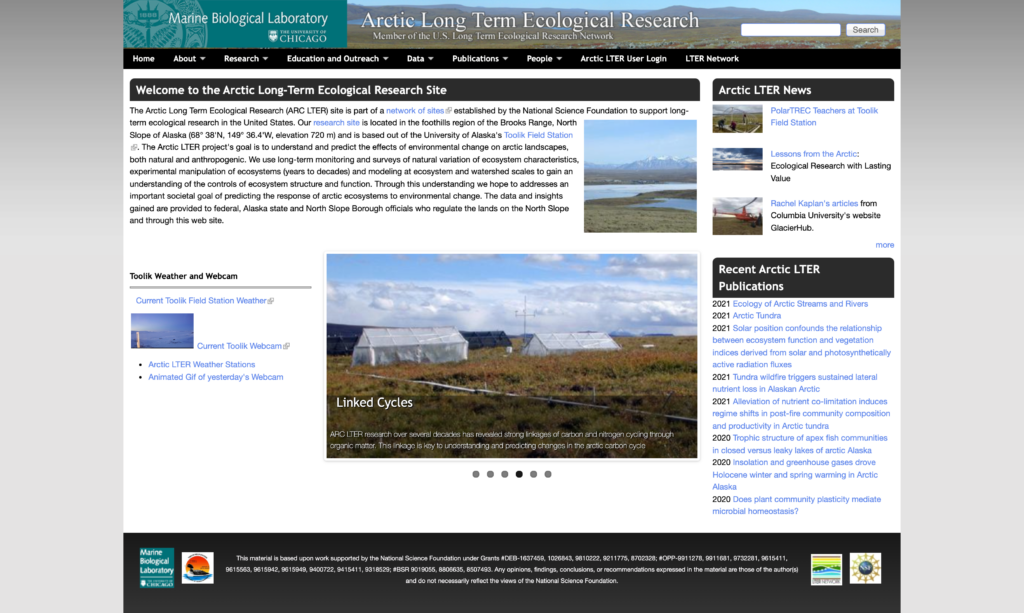
Arctic LTER
Member of the U.S. LTER Network
The Arctic LTER project’s goal is to understand and predict the effects of environmental change on arctic landscapes, both natural and anthropogenic.
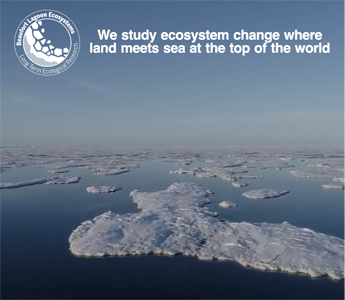
Beaufort Lagoon Ecosystems LTER
Member of the U.S. LTER Network
BLE LTR site uses diverse methods to study lagoons and other aquatic sites along the northern Alaskan Arctic coast, including land/sea interactions.
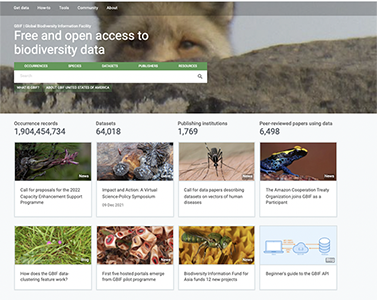
GBIF
Global Biodiversity Information Facility
GBIF—the Global Biodiversity Information Facility—is an international network and data infrastructure funded by the world’s governments and aimed at providing anyone, anywhere, open access to data about all types of life.